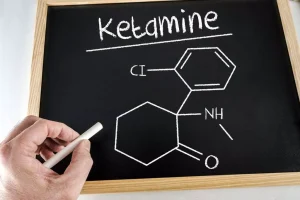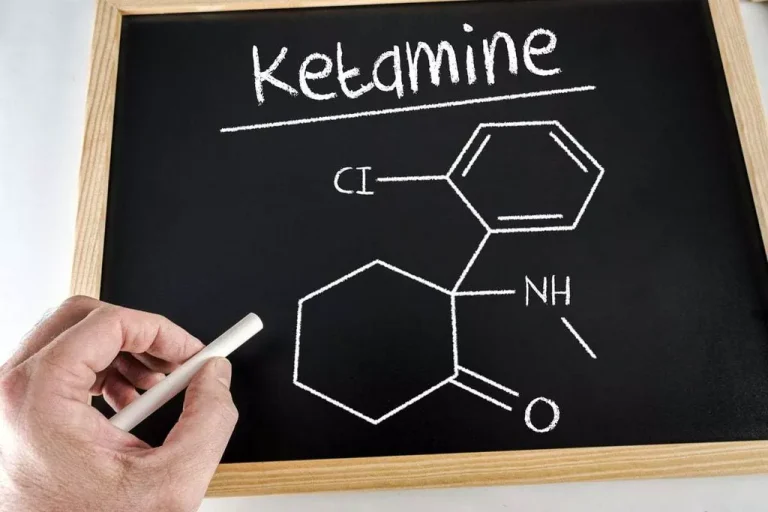Through our programs, weekly house gatherings, employment support, money management, family outreach, and a solid foundation based on the 12 Steps of Alcoholics Anonymous. The absence of alcohol and drugs and constant support significantly diminishes the risk of a setback. Watch the video to see what it is like living in a sober house and residents of a sober house engage in fun activities.
What Are the Results Shown by Sober Living House?
- Sober Apartment Living is a growing portfolio of sober apartments dedicated to providing individuals a supportive community to maintain and thrive in their recovery.
- Maintaining this level of abstinence requires a strong commitment, support from the community within the sober living facility, and ongoing work in a recovery program.
- House managers oversee rule enforcement, ensuring everyone stays on track and remains accountable to themselves and their housemates.
- With the assistance of a support network, it’s less likely that you will relapse.
- Regular drug and alcohol testing further reinforces accountability and helps residents stay on track.
Additionally, sober living homes often support residents in balancing work, recovery meetings, and house commitments. Maintaining a sober living environment can provide individuals with the support, structure, and accountability needed to maintain their sobriety over the long term. It can help individuals build a strong foundation for their recovery and improve their overall quality of life.
That said, verify with your insurance provider whether your plan covers sober homes or not. Sober living works as a transition between rehabilitation facilities and independent living. Residents follow the rules, attend counseling sessions, and participate in house meetings to maintain stability and accountability. Recovery housing is specifically designed to support individuals with substance use issues to initiate and sustain long-term recovery. These houses or housing programs may go by many names such as Oxford Houses, sober living, recovery homes recovery residences, and therapeutic communities.
When looking for a support program for substance use, there are several different treatment options available. Finding the right program for you, between sober living programs and recovery homes, will allow you the best possible outcomes in recovery. Although virtually anyone can go to a sober home, most require that you have at least completed detox first. If you have completed detox and are unable to afford rehab, sober homes are a much more affordable option. Although you won’t be participating in therapy in the home, you will still have support from your peers and access to community resources.
The 5 Stages of Recovery from Addiction
These resources help residents continue their recovery journey beyond the sober living environment, ensuring they have the tools to maintain sobriety in everyday life. Deciding to enter a sober living home is a significant step in the recovery journey. With the potential to provide ongoing support, community, and a structured environment, these homes can be a vital part of Review Vanderburgh House maintaining sobriety and preventing relapse. However, evaluating personal needs, financial considerations, and the type of support necessary is crucial to make an informed decision. Ultimately, sober living homes can offer a nurturing environment to regain self-sufficiency and reintegrate into society successfully.
Outpatient Treatment
Regular meetings and group therapy sessions within these communities further bolster your emotional and psychological resilience. Embarking on the journey to sobriety is a significant step in anyone’s life, especially if you’re navigating the complexities of addiction recovery. Sober living plays a pivotal role in this process, offering a structured yet flexible environment where you can forge a path toward a substance-free life. Understanding its importance could be the key to not just achieving sobriety but maintaining it in the long run. Addiction can be isolating, but in sober living homes, you are surrounded by individuals who understand the struggles and challenges that come with recovery. This shared experience fosters strong bonds and support networks that are invaluable during tough times.
Recovery Residence
Discover why some signs of addiction are puzzling and learn to recognize the complex behaviors behind them. Unravel the difference between CBD vs THC, exploring their effects, legality, and health benefits. Explore the crucial difference between alcohol use and alcoholism, understand signs, and find help. Many of our residents have successfully transformed their lives—and you can too. Apart from personal networks, broader crowdfunding efforts can also be beneficial.
Halfway House vs. Sober Living Homes: Understanding the Key Differences
This sense of community encourages mutual support, where residents motivate and inspire each other to stay committed to their recovery goals. Suppose you’ve recently relapsed and found that the stress of being in environments around alcohol and drugs or a lack of structure is particularly triggering. Leaving the structure of the treatment program can be very disruptive to your sobriety, so treatment programs have strict schedules filled with counseling, group therapy, and participatory activities. Often the structure and routine of treatment programs help keep folks sober, and risking https://sober-home.org/review-vanderburgh-house/ the loss of that when completing the program can be a threat to your recovery. If you or someone you know has recently quit drinking alcohol and is now sober—congratulations, quitting alcohol can be a long and difficult process. However, you might be wondering what happens now that the detox is over, you’ve completed your stay at an addiction treatment center, and it is time to go home.
Supportive Community
Halfway houses are often funded or operated by government agencies or non-profit organizations. They are typically supervised by staff, which may include corrections officers, social workers, or case managers. This level of oversight is intended to ensure that residents follow the rules and remain on track with their court-mandated recovery or rehabilitation plans. Overall, sober living homes are vital resources that promote sustained sobriety and facilitate the development of a fulfilling life free from addiction. Recovery residences/sober living programs are certified by the National Alliance for Recovery Residences (NARR) state affiliate, Oklahoma Alliance for Recovery Residences (OKARR).
But when considering some of the services offered, make sure they’re services that help support your sobriety. Part of living in recovery is “showing up for life,” meaning doing things for yourself that make you a successful, contributing member of society. When in active addiction, we tend to ignore the things that make us successful. So when getting back on our feet and in recovery, cooking and cleaning for ourselves is part of a healthy recovery plan. Embracing these benefits, you’ll find that sober living homes offer much more than just a place to stay.









